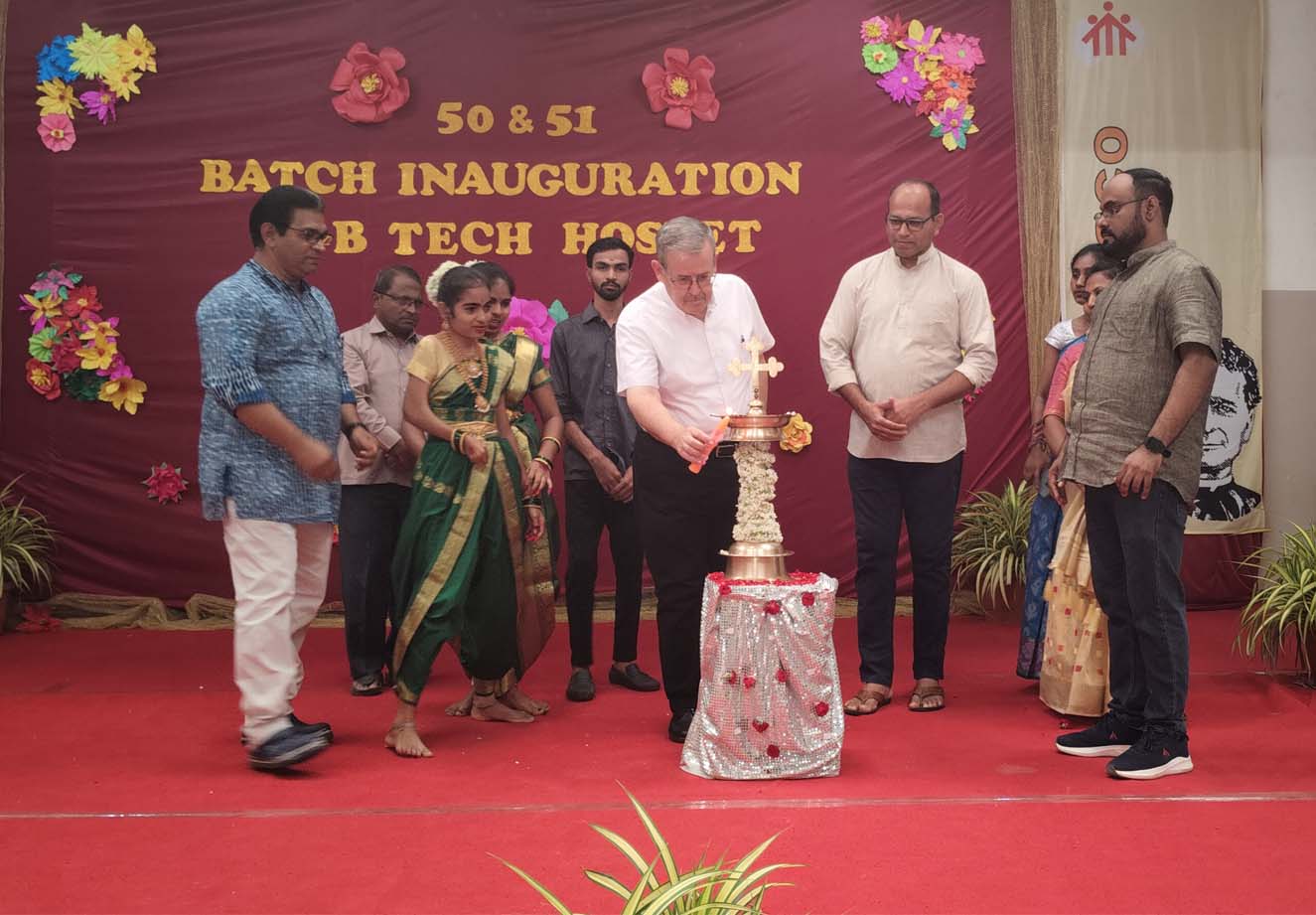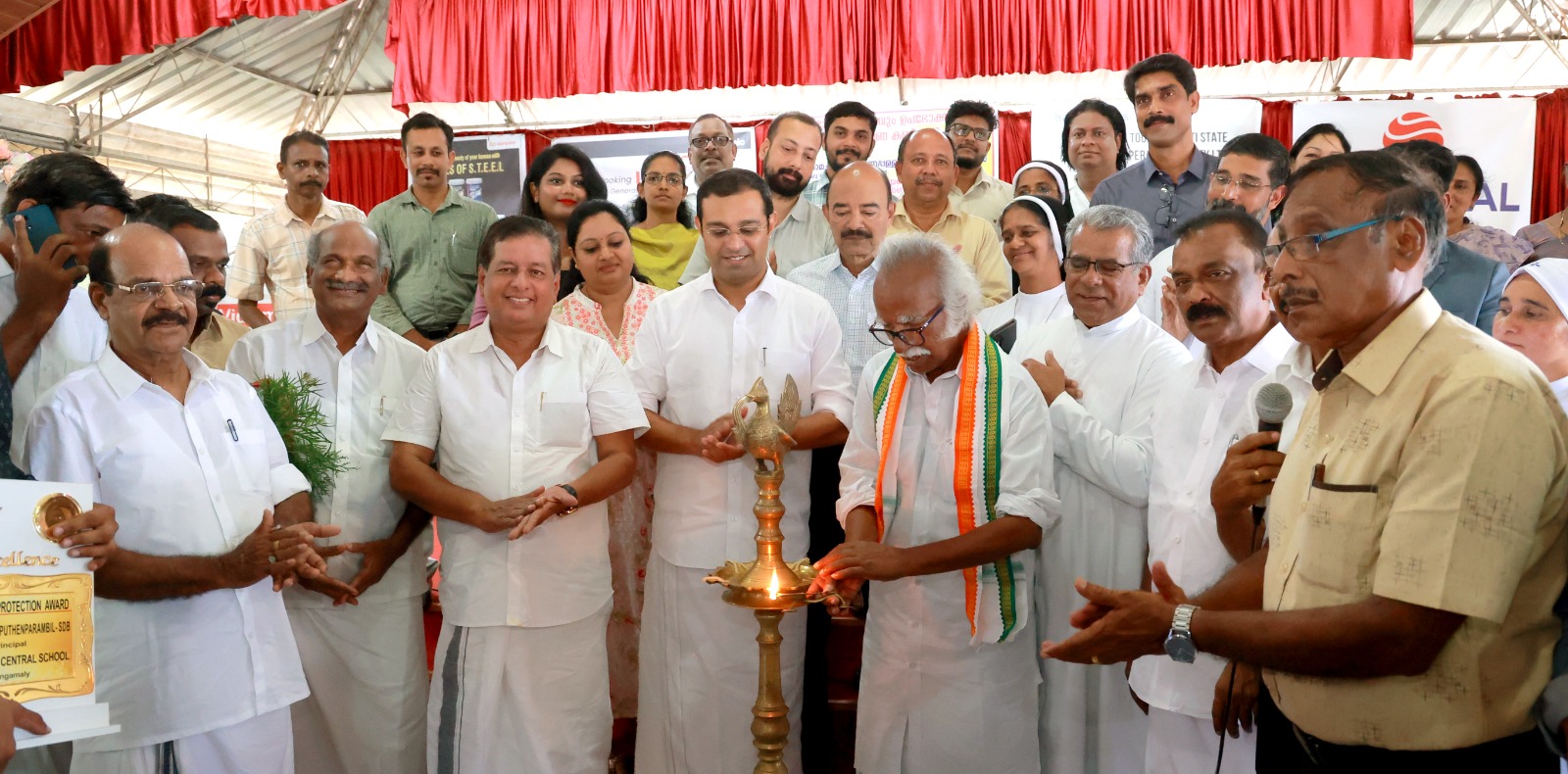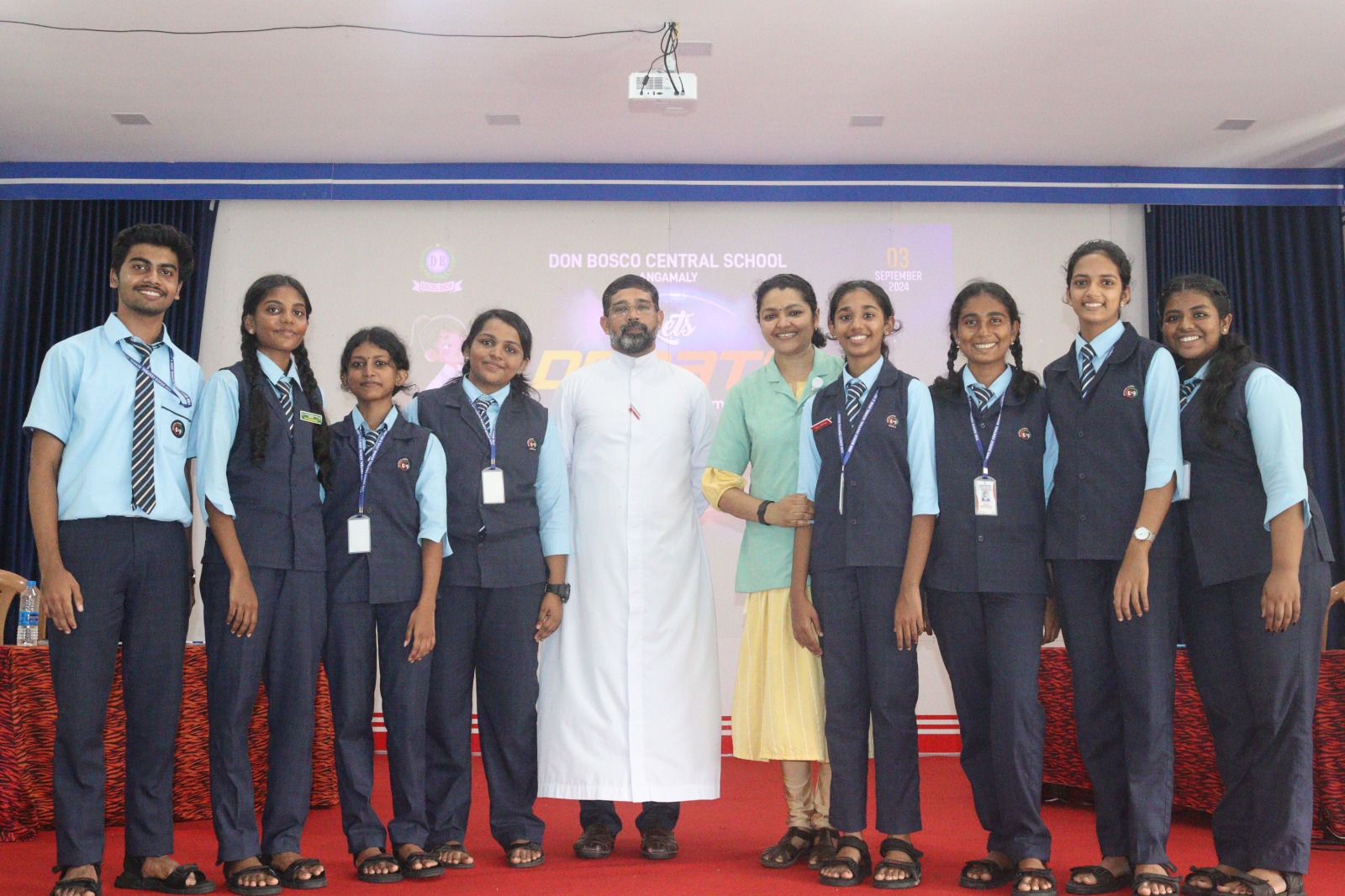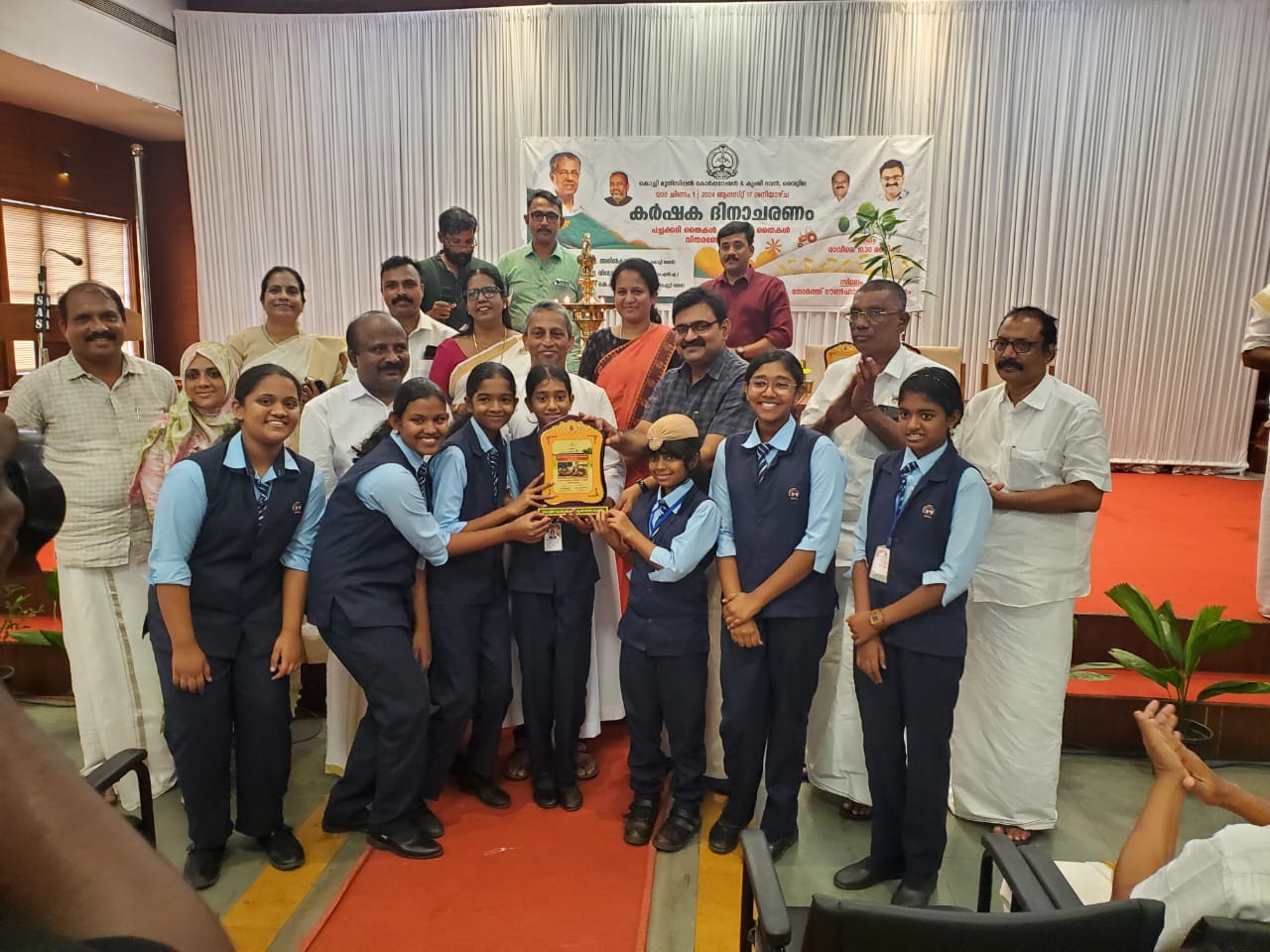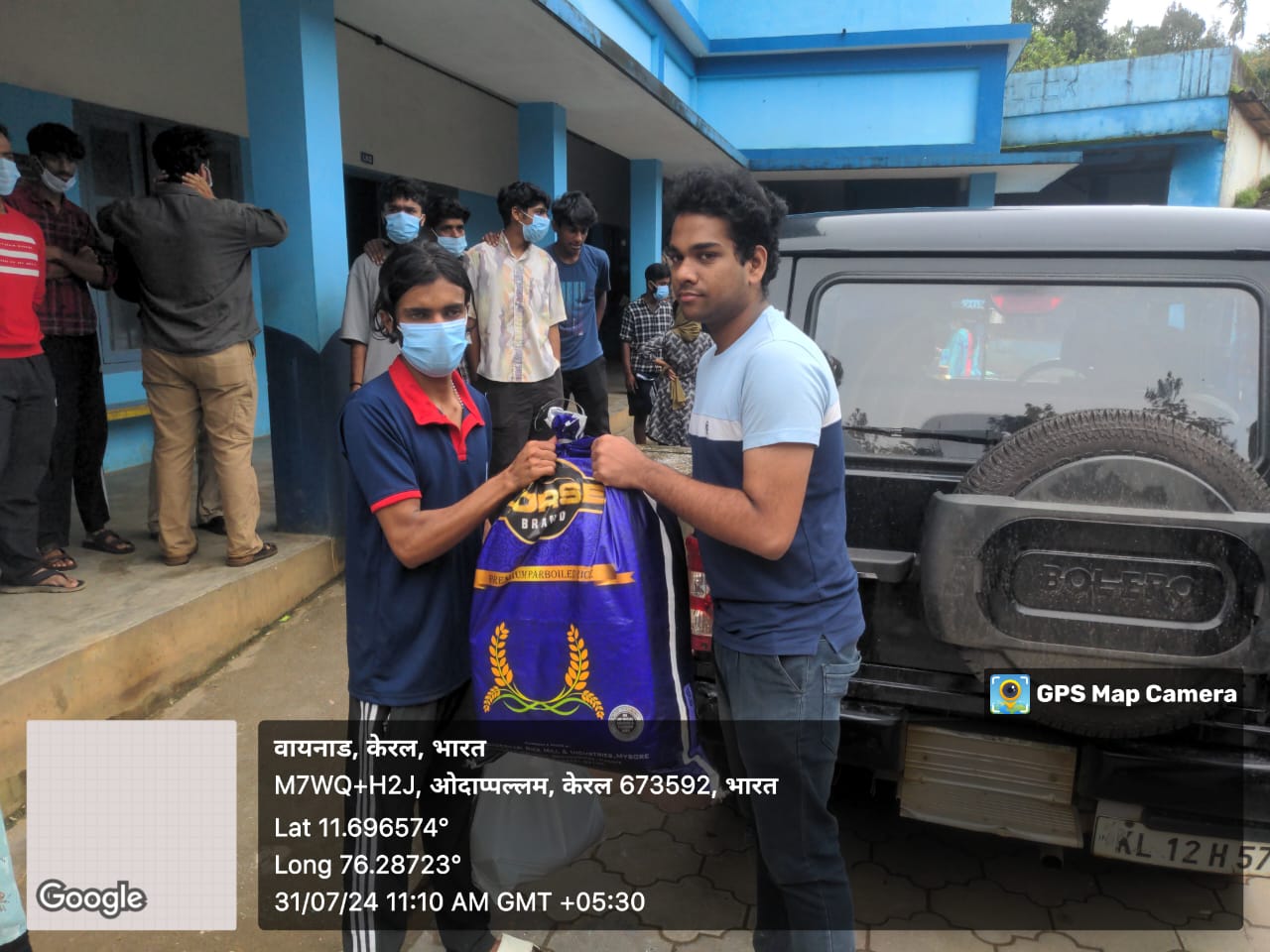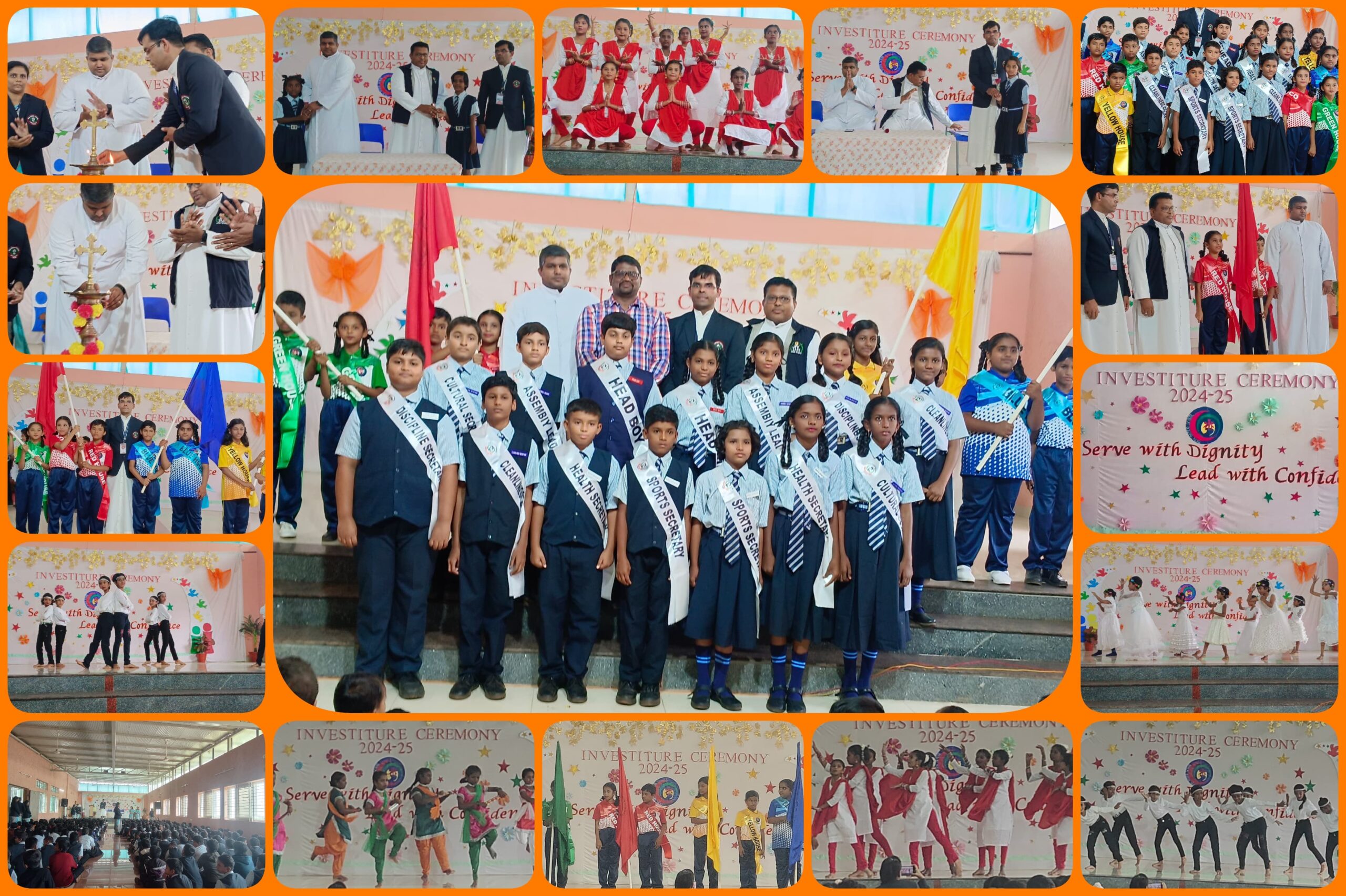Text Analytics Vs Text Mining What’s The Difference?
Text mining is part of Data mining to extract priceless textual content data from a textual content database repository. Text mining is a multi-disciplinary subject primarily based on knowledge restoration, Data mining, AI,statistics, Machine studying, and computational linguistics. Text mining is extensively utilized in varied fields, corresponding to natural language processing, data retrieval, and social media analysis.
What Is Sentiment Analysis (Opinion Mining)? Definition from TechTarget – TechTarget
What Is Sentiment Analysis (Opinion Mining)? Definition from TechTarget.
Posted: Mon, 28 Feb 2022 21:59:11 GMT [source]
It’s also recognized as textual content analytics, though some individuals draw a distinction between the two terms; in that view, textual content analytics refers back to the software that makes use of text mining strategies to kind via knowledge sets. In conclusion, textual content analytics and text mining are powerful tools for extracting insights and knowledge from unstructured textual content data. While they share some similarities when it comes to strategies and purposes, they also have distinct attributes that set them aside. By understanding the differences between textual content analytics and textual content mining, organizations can leverage these approaches successfully to investigate textual content knowledge and gain valuable insights for decision-making. Since roughly 80% of data in the world resides in an unstructured format (link resides outdoors ibm.com), text mining is a particularly useful practice inside organizations.
Sentiment Analysis
Machine studying is a self-discipline derived from AI, which focuses on creating algorithms that allow computers to learn duties primarily based on examples. Machine studying fashions have to be educated with data, after which they’re able to predict with a sure level of accuracy routinely. Text mining is a means of extracting useful info and nontrivial patterns from a big quantity of text databases.
- This important task of Natural Language Processing (NLP) makes it straightforward to prepare and structure complicated textual content, turning it into significant information.
- It includes various techniques to know, manage, and derive insights from textual content, including strategies from linguistics, statistics, and machine learning.
- Text mining, on the opposite hand, is extra focused on extracting specific data from textual content data, corresponding to identifying patterns, relationships, and trends inside a dataset.
- In fact, 90% of individuals belief online critiques as a lot as private suggestions.
Conditional Random Fields (CRF) is a statistical strategy that can be utilized for textual content extraction with machine learning. It creates methods that study the patterns they need to extract, by weighing completely different features from a sequence of words in a textual content. Rule-based systems are easy to grasp, as they’re developed and improved by humans.
Textual Content Extraction
This reply offers the most priceless info, and it’s additionally probably the most troublesome to course of. Going via and tagging thousands of open-ended responses manually is time-consuming, not to point out inconsistent. You will need to make investments some time training your machine learning mannequin, but you’ll quickly be rewarded with more time to give consideration to delivering wonderful customer nlp text mining experiences. Text mining is used to extract insights from unstructured text data, aiding decision-making and offering valuable knowledge throughout varied domains. Watson Natural Language Understanding is a cloud native product that makes use of deep learning to extract metadata from text such as keywords, emotion, and syntax. Text mining may be challenging because the info is usually imprecise, inconsistent and contradictory.
Ontologies, vocabularies and custom dictionaries are highly effective instruments to assist with search, information extraction and knowledge integration. They are a key component of many textual content mining tools, and provide lists of key ideas, with names and synonyms typically arranged in a hierarchy. Text mining identifies details, relationships and assertions that might in any other case remain buried in the mass of textual massive information. Once extracted, this info is transformed into a structured form that can be further analyzed, or offered immediately using clustered HTML tables, thoughts maps, charts, etc. Text mining employs quite a lot of methodologies to course of the text, one of the important of those being Natural Language Processing (NLP). Text analytics helps you determine if there’s a particular pattern or pattern from the results of analyzing thousands of items of suggestions.

Both methods are essential for businesses and organizations seeking to make data-driven choices and gain a deeper understanding of their prospects and market tendencies. Data mining is the method of identifying patterns and extracting useful insights from massive knowledge units. This apply evaluates each structured and unstructured data to establish new info, and it’s commonly utilized to research shopper behaviors within marketing and gross sales. Text mining is basically a sub-field of information mining because it focuses on bringing structure to unstructured information and analyzing it to generate novel insights.
Text Mining Course Of
Text analysis (also known as text mining and content material analysis) is a machine studying approach utilized by computers to efficiently and intelligently extract useful data from unstructured information. Developers and researchers use textual content evaluation to transform numerous and unorganized information into a structured type. During this process, documents are disintegrated for trouble-free knowledge piece management. To put it in easier terms, textual content evaluation converts unstructured textual content into structured knowledge. The phrases, textual content mining and text analytics, are largely synonymous in which means in dialog, however they can have a more nuanced that means. Text mining and textual content analysis identifies textual patterns and developments inside unstructured information by way of using machine studying, statistics, and linguistics.
With visualization, you search for words such as defects, mistaken measurement, or not a great match within the suggestions and tabulate them into a chart. Extraction entails identifying the presence of specific keywords in the text and associating them with tags. The software program uses strategies such as regular expressions and conditional random fields (CRFs) to do this.
Despite challenges, its functions in academia, healthcare, business, and more demonstrate its significance in converting textual information into actionable knowledge. For example, a favorable evaluation usually incorporates words like good, quick, and nice. Data scientists train the textual content analysis software program to search for such specific terms and categorize the reviews as positive or negative. This means, the client help group can simply monitor buyer sentiments from the critiques. Text analysis software works on the ideas of deep studying and natural language processing. Using textual content mining and analytics to achieve perception into buyer sentiment might help companies detect product and business problems and then handle them earlier than they turn into huge points that affect gross sales.
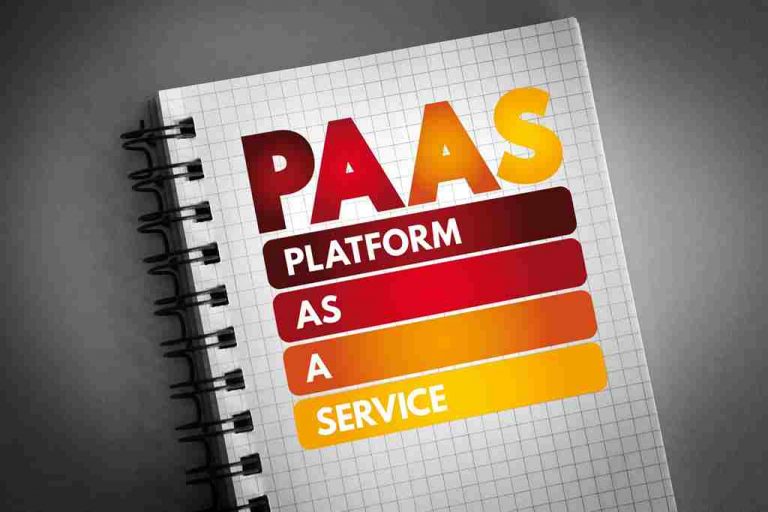
Text information mining helps individuals make sense of vast amounts of textual content information rapidly and effectively, making it simpler to discover helpful data and gain new perspectives from written content. Both textual content analytics and text mining face challenges when analyzing unstructured text knowledge. Some of the widespread challenges include dealing with noisy information, handling giant volumes of textual content, and making certain the accuracy and reliability of the outcomes. Text mining has become extra practical for knowledge scientists and different customers because of the growth of massive data platforms and deep studying algorithms that can analyze massive sets of unstructured knowledge. Text mining (also often identified as textual content analysis), is the method of remodeling unstructured text into structured information for straightforward analysis.
Textual Content Analytics Vs Textual Content Mining
Visualization is about turning the textual content evaluation results into an simply understandable format. The visualized results help you establish patterns and trends and build motion plans. For instance, suppose you’re getting a spike in product returns, but you’ve trouble discovering the causes.
Topic modeling methods determine and group related keywords that occur in an unstructured text into a topic or theme. These strategies can learn a number of textual content paperwork and kind them into themes primarily based on the frequency of various words in the document. The upfront work includes categorizing, clustering and tagging text; summarizing information units; creating taxonomies; and extracting information about things like word frequencies and relationships between knowledge entities.
Text analytics, however, focuses on finding patterns and developments throughout large units of knowledge, leading to extra quantitative outcomes. Text analytics is usually used to create graphs, tables and other kinds of visual reviews. By applying advanced analytical strategies, similar to Naïve Bayes, Support Vector Machines (SVM), and other deep studying algorithms, companies are able to explore and discover hidden relationships within their unstructured knowledge. Search engines, text analytics instruments and natural language processing options become even more powerful when deployed with domain-specific ontologies. Ontologies enable the real that means of the text to be understood, even when it’s expressed in numerous methods (e.g. Tylenol vs. Acetaminophen).
This is a novel alternative for corporations, which might become more effective by automating duties and make better enterprise choices due to relevant and actionable insights obtained from the evaluation. As we mentioned earlier, text extraction is the method of obtaining particular information from unstructured knowledge. Machines need to remodel the coaching information into one thing they can perceive; in this case, vectors (a assortment of numbers with encoded data). One of the most typical approaches for vectorization known as bag of words, and consists on counting how many instances a word ― from a predefined set of words ― appears in the textual content you wish to analyze.
Do You Want To Develop Information Analytics Skills?
Many time-consuming and repetitive duties can now be replaced by algorithms that be taught from examples to realize sooner and extremely correct results. The risk of analyzing giant sets of data and using different methods, similar to sentiment evaluation, matter labeling or keyword detection, leads to enlightening observations about what clients suppose and feel a few product. Text analysis is a broad term that encompasses the examination and interpretation of textual knowledge. It entails numerous techniques to understand, organize, and derive insights from text, together with methods from linguistics, statistics, and machine studying.
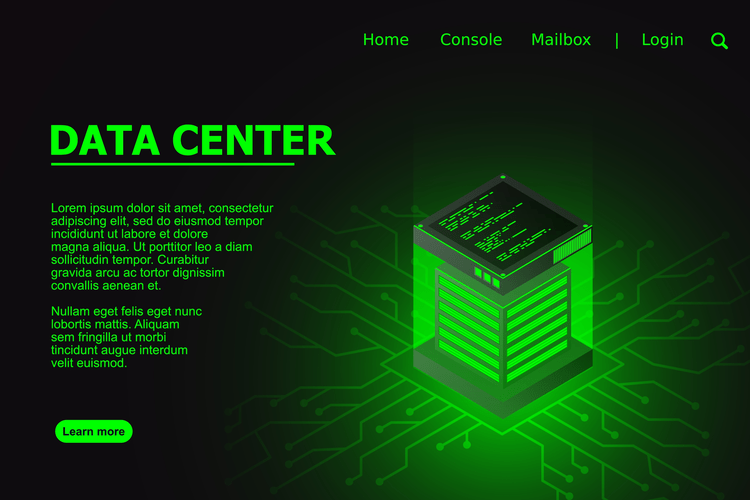
Text analytics is the process of analyzing unstructured textual content information to extract significant insights and patterns. It entails techniques corresponding to natural language processing, machine studying, and statistical analysis to uncover trends, sentiment, and different useful information from text. Text mining, then again, is a subset of text analytics that focuses specifically on extracting data from text data through the use of data mining methods.
Below, we’ll refer to a few of the hottest duties of text classification – subject evaluation, sentiment evaluation, language detection, and intent detection. Text classification is the method of assigning categories (tags) to unstructured text information. This important task of Natural Language Processing (NLP) makes it straightforward to organize and construction complex text, turning it into meaningful information. These textual content evaluation strategies serve various functions, from organizing and understanding textual content information to making predictions, extracting information, and automating duties. The structured information created by textual content mining may be built-in into databases, knowledge warehouses or enterprise intelligence dashboards and used for descriptive, prescriptive or predictive analytics. Widely utilized in knowledge-driven organizations, textual content mining is the method of inspecting massive collections of documents to discover new information or help reply particular research questions.
Then, contemplate how a lot data you need, and identify a sampling plan, earlier than starting information assortment. Lemmatization is a linguistic course of that simplifies words into their dictionary form, or lemma. Dozens of business and open supply technologies can be found, including tools from main software distributors, together with IBM, Oracle, SAS, SAP and Tibco. This weblog discusses the crucial importance of information storytelling, including its parts, benefits, and the method to learn to inform compelling tales. Here are 5 examples of how textual content analysis is utilized to today’s IT-driven world.

To embody these partial matches, you should use a efficiency metric known as ROUGE (Recall-Oriented Understudy for Gisting Evaluation). ROUGE is a family of metrics that can be used to raised evaluate the performance of textual content extractors than conventional metrics corresponding to accuracy or F1. They calculate the lengths and number of sequences overlapping between the original textual content and the extraction (extracted text). For instance, if the words expensive, overpriced and overrated regularly seem in your customer evaluations, it might point out you have to adjust your prices (or your target market!). Text analytics, then again, uses outcomes from analyses carried out by text mining fashions, to create graphs and all kinds of data visualizations.
In the previous, NLP algorithms have been primarily based on statistical or rules-based fashions that provided direction on what to search for in data units. In the mid-2010s, although, deep learning models that work in a less supervised means emerged as an alternative strategy for text analysis and other superior analytics applications involving massive data sets. Deep learning uses neural networks to analyze information utilizing an iterative method that’s extra versatile and intuitive than what typical machine studying supports.
Read more about https://www.globalcloudteam.com/ here.



